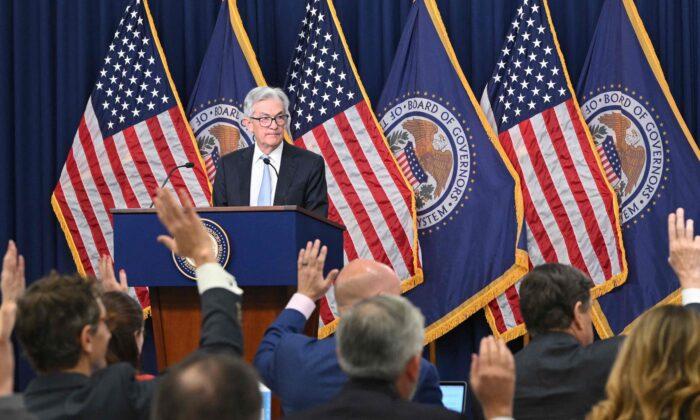The market for nearly every product, from hamburgers to shoes, is governed by supply and demand. If producers charge too much for a product, demand goes down, and the price goes with it. This signals to the producers that this good is less popular, and they will produce fewer of them. If the price continues to drop, the suppliers stop producing it because there is no demand. By the same token, if demand keeps rising, the price goes up, and producers make more of that good. This happens naturally without government intervention because of supply and demand—Adam Smith’s “invisible hand.” When Bart Simpson toys were popular, Mattel’s president did not have to tell the toymaker to make more of them.
There are only two areas in our economy where the government controls prices and distorts markets: minimum wage and interest rates. If the government allowed interest rates to be dictated by supply and demand, much of the boom-and-bust cycle would disappear. And when the economy becomes “overheated,” the rate would naturally adjust to bring the economy back to equilibrium. When times are slow, interest rates would come down, encouraging borrowing and promoting growth. The price of every other commodity in our economy, except oil, is dictated by supply and demand, and prices adjust on their own. This suggests that there is no need for the Fed to artificially adjust interest rates.

Along with the Fed controlling interest rates, the government also controls how much money it spends and borrows. Expansionary monetary and fiscal policy, and the creation of money out of thin air, are the primary causes of the business cycles of boom and bust.
During periods of expansionary policy, interest rates decline and malinvestment increases. Eventually, the over-inflated balloon has to pop, and citizens are left holding the bag. This is what happened during the 1920s culminating in the Great Depression. It happened again leading up to the 2008 financial crisis. And in both instances, it seems policymakers learned nothing. They cut interest rates to recover from the 2008 global financial crisis and did not raise them again until a few months ago. Now we are facing near-record inflation that does not seem to create jobs or improve the nation’s economic situation.
Money creation, money printing, government debt, and government deficit spending all cause inflation. This drives up prices and hurts savers. Many politicians believe that inflation is neutral, raises prices, and as wages also rise, this generates growth and creates jobs. The truth is that inflation hurts families. While inflation would eventually raise wages to meet the higher prices, the increases would not be uniform or simultaneous across the economy. So while some people would benefit from inflation, most would be worse off—particularly anyone saving for retirement would see the value of their savings dwindle.
Housing and education are two sectors of the economy with extremely high inflation. By no coincidence, these sectors are also highly correlated with interest rates because they represent the largest loans most people will ever take. Thus, the Fed’s manipulation of interest rates also affects the price of housing and education.





